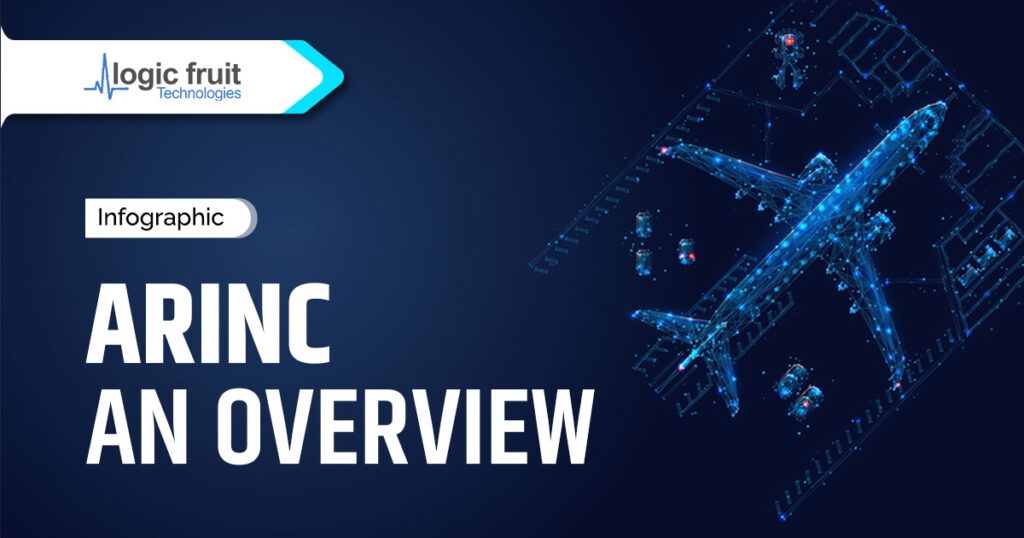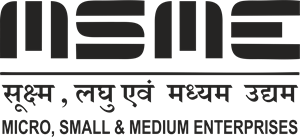Aeronautical Radio, Incorporated (ARINC), founded in 1929, was a significant supplier of transport communications and systems engineering solutions for eight industries, including aviation, airports, defense, government, healthcare, networks, and security.
In addition to maintaining the requirements for line-replaceable units, ARINC has deployed computer data networks in police cars and railroad coaches.
Aircraft Communications Addressing and Reporting System, or ACARS, was developed by ARINC in 1978. It is a datalink system that enables ground stations (airports, aircraft maintenance facilities, etc.) to upload data (such as flight plans) and download data (such as fuel quantity, weight on wheels, and flight management system (FMS) data) via an onboard Communications Management Unit.
Through its subsidiary ARINC Engineering Services, ARINC has increased its business in the aerospace and defense sectors. The subsidiary of ARINC Engineering Services was divided into Commercial Aerospace and Defense Services after the company was sold to Rockwell Collins.
ARINC organizes aviation industry committees and participates in related industry activities that benefit aviation by providing technical leadership and guidance. These activities directly support aviation industry goals: promote safety, efficiency, regularity, and cost-effectiveness in aircraft operations.
ARINC Industry Activities coordinates the work of technical professionals in the aviation industry and leads the development of technical standards for airborne electronic equipment, aircraft maintenance equipment and procedures, and flight simulator equipment used in commercial, military, and business aviation.
These international aviation organizations (AEEC, AMC, FSEMC) are organized and have a secretariat provided by ARINC Industry Activities. The AEEC, AMC, and FSEMC create consensus-based, voluntary standards known as ARINC Standards, which ARINC then publishes.
The aviation sector gains significant technical and financial advantages from using ARINC Standards.
There are three classes of ARINC Standards:
- a) ARINC Characteristics – The ARINC Characteristics provide prospective manufacturers of airline electronic equipment with information about the technical requirements for new equipment.
- b) ARINC Specifications – These specify the mounting or physical packaging of avionics equipment, data communication protocols, or high-level computer languages.
- c) ARINC Reports –Provide guidelines or general information, frequently about avionics maintenance and support, determined by the airlines good practices.












